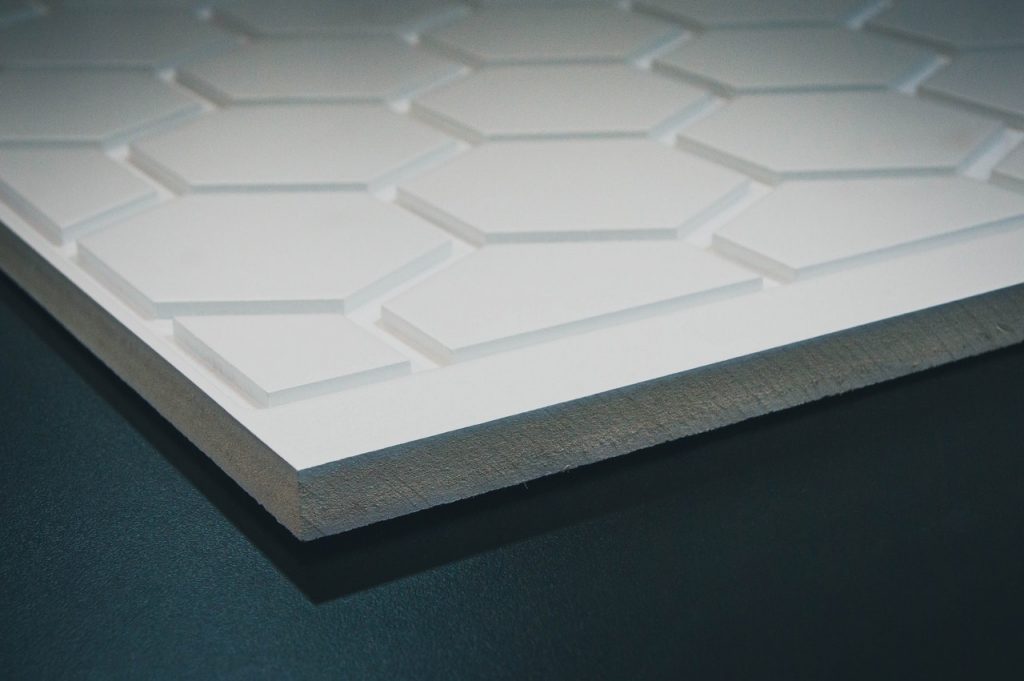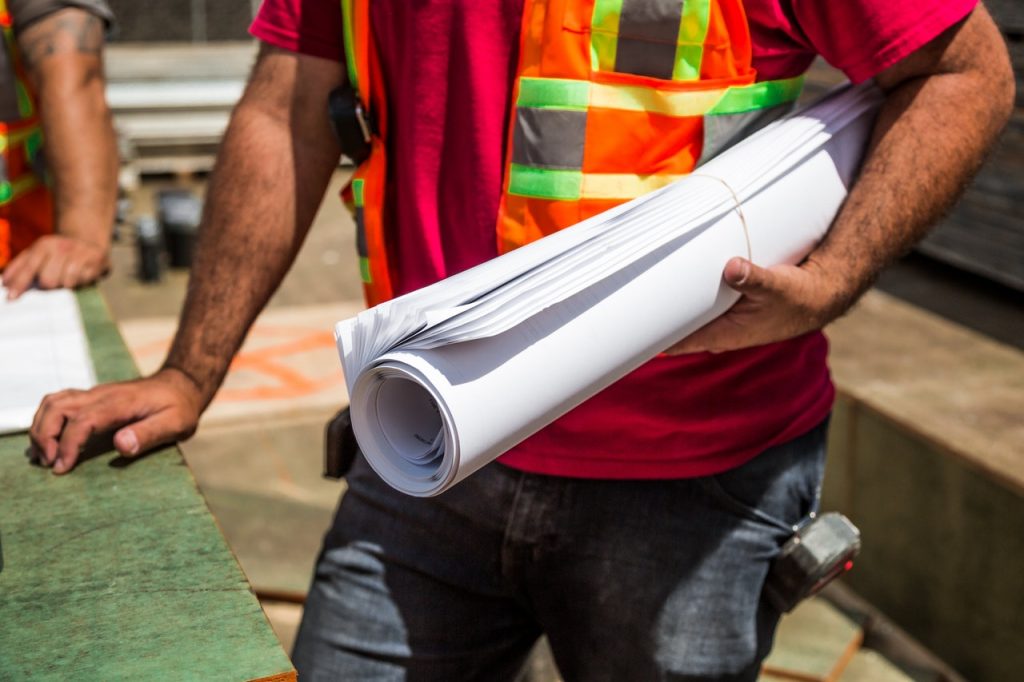
You can use both porcelain and natural stone tiles for interior decoration finishes. Usually, stone flooring materials are expensive because of the tedious manufacturing process they undergo. However, porcelain is a type of ceramic tile that undergoes many stages of production to make its materials hard. These natural stones and porcelain flooring materials can enhance the beauty of any space, and they also reveal the attributes that make them different.
What is their level of durability?
The natural defects in stone tiles create weak spots and make them chip along their edges after a period. It’s the high density and high temperature of the porcelain tile’s manufacturing process that enhances its durability. However, glazed porcelain tiles are more susceptible to breakage upon impacts. Many people prefer the luxurious option of stone tiles because they are natural products.
How about maintenance?
Generally, stone tiles are honed to cover their hidden faults and reduce the frequency of materials. Polished honed tiles with composite materials like granite and slate often require lower maintenance than other types of stone tiles. The raw materials in porcelain are water, quartz sand (or feldspar) and clay. Apart from these raw materials, the process of producing porcelain involves heat treatment (about 1,220°C), and high pressure. Unlike stone tiles, these clay-fired tiles are easy to maintain because they are scratch-proof. Also, the glazing of porcelain tiles reduces wear, increases resistance to discolouration, harsh chemical and impacts.
Porosity
Unlike porcelain tiles, natural stone tiles are porous and absorb moisture readily. It’s the tiny fissures and natural defects inside stone tiles that make them more porous than porcelain tiles. So, installers apply surface sealants to increase the waterproof features of stone tiles. However, the non-porosity of porcelain tiles often makes it difficult for installers to use adhesives on them.
Cost of installation
The cost of installation will vary depending on the type of application that you use to install the tiles. However, stone tiles are more expensive than porcelain tiles because the former is a natural flooring product. Even with the ease of adhesives bonding to stone tiles, it’s still labour intensive to pre-seal them with thicker adhesives before their installation process. You can save costs with porcelain tiles because they require a less expensive system of installations.

Resistance to chemical cleansers
Cleaning is essential to improve the overall hygiene of people that use tiles. While some religious worshippers use tiled prayer grounds, individuals lay on these tiles at home. So, we are comparing the differences between the cleaning of porcelain tiles and natural stone tiles. When you apply acid-based cleansers on stone tiles, some chemical reactions will make them degrade naturally. These chemical reactions often leave discolouration on stone tiles, but glazed porcelain tiles withstand acidic cleansers because of their low level of porosity. However, the grout lines on porcelain tiles will be degraded when you apply higher concentrations of acidic liquids on them.
Types of floor tiles
Glazed ceramics, unglazed ceramics, and terra cotta are three basic versions of porcelain tiles. Generally, their primary raw material is clay, but it’s the impervious seal on the glazed ceramic’s surface that makes it very resistant to stains, and abrasion. The manufacturing process of baking unglazed ceramic in a kiln doesn’t reduce its level of porosity or increase its stain resistance. Another type of unglazed ceramic is the terra cotta tile that is made from red clay.
Natural stone tiles have sandstone, granite, limestone, or slate as primary raw materials. The granite material makes the hardest type of honed flat stone tile. Typically, slate materials consist of hard-packed stone layers. Regardless of their edges’ susceptibility to chipping, slates have stable structures that are very resistant to breaks and cracks. Limestone tiles have antique tones and are impervious layers that require the uses of sealants on their surfaces after production. While Sandstone tiles are the most porous of stone tiles, a right installer doesn’t recommend them for wet environments.










